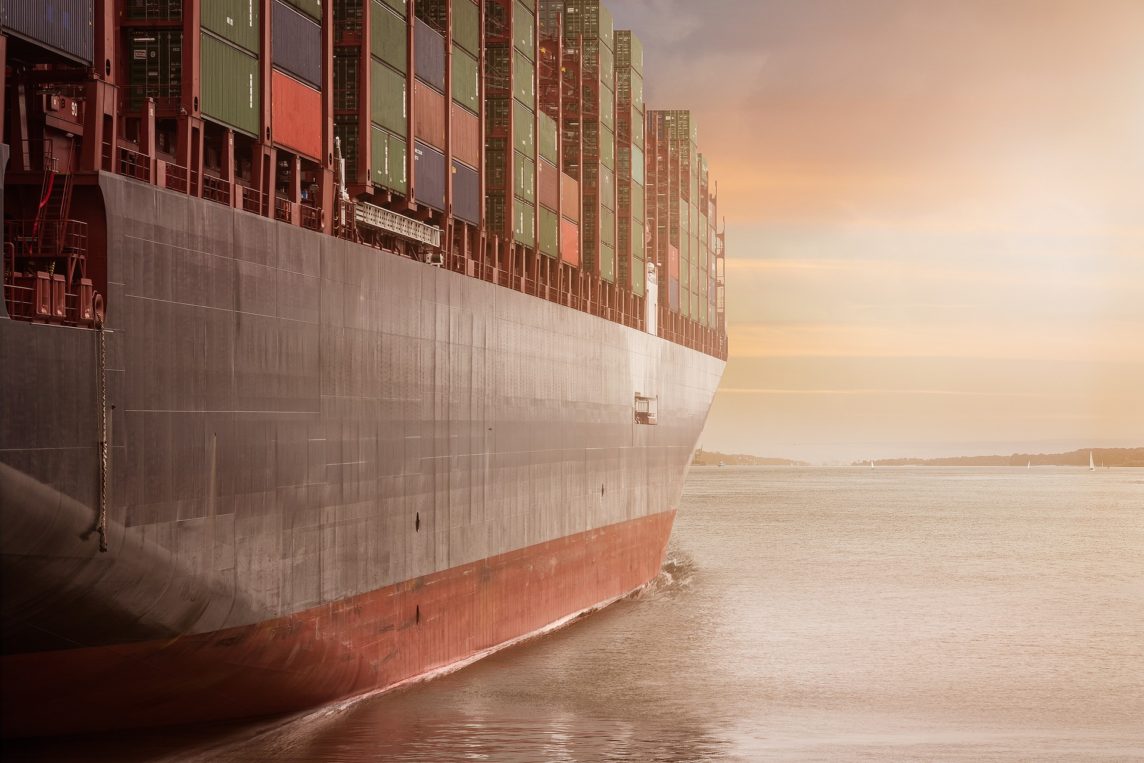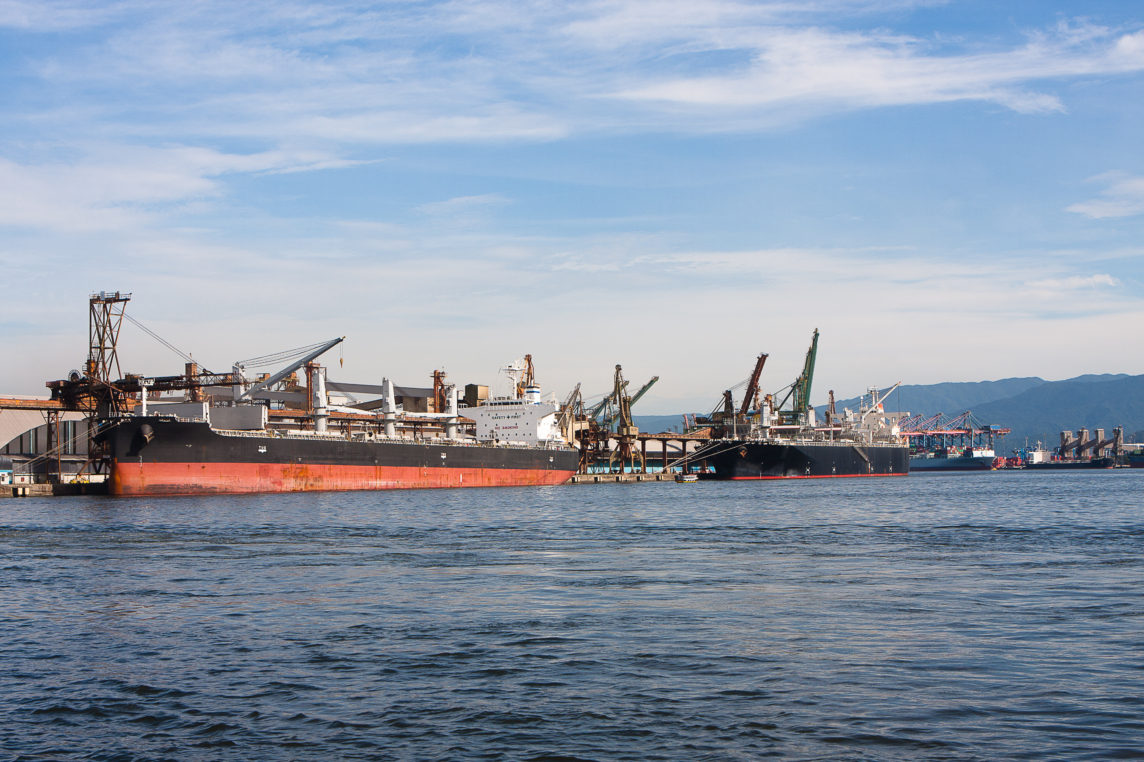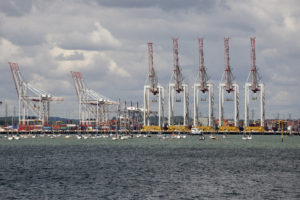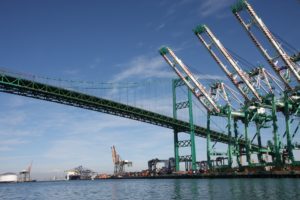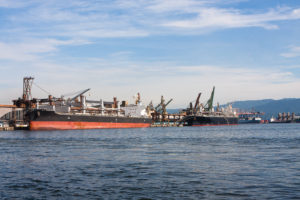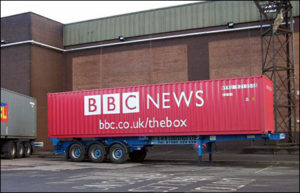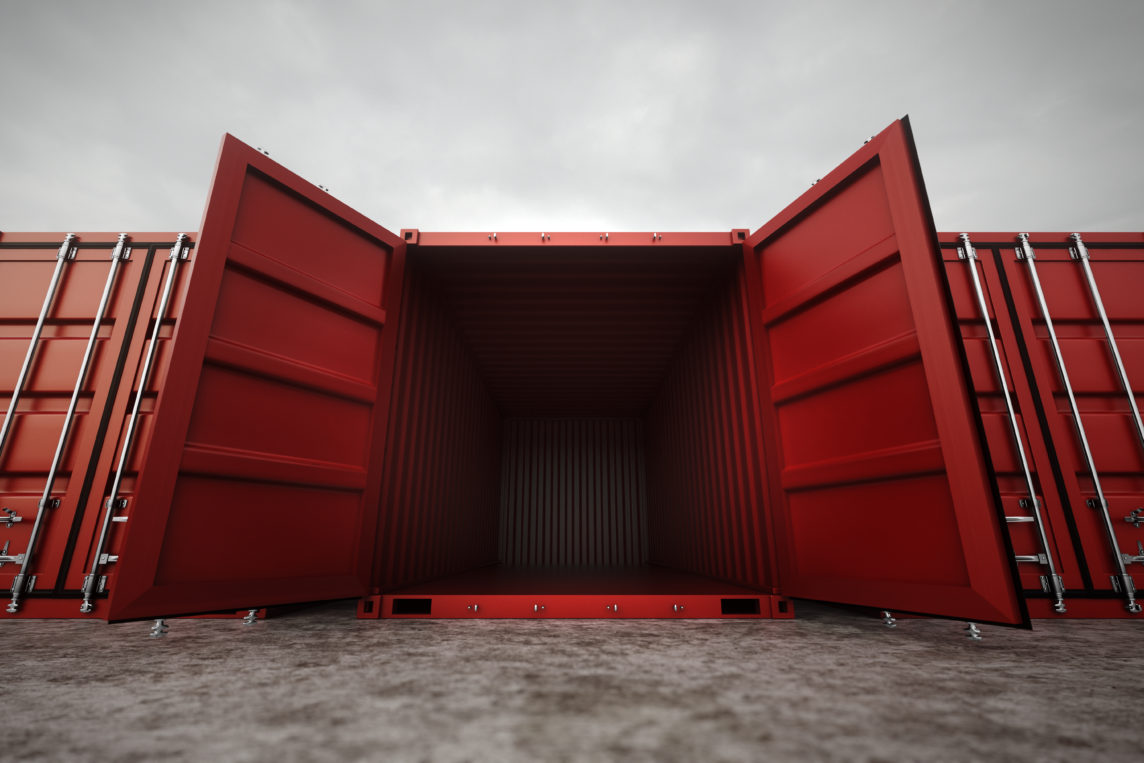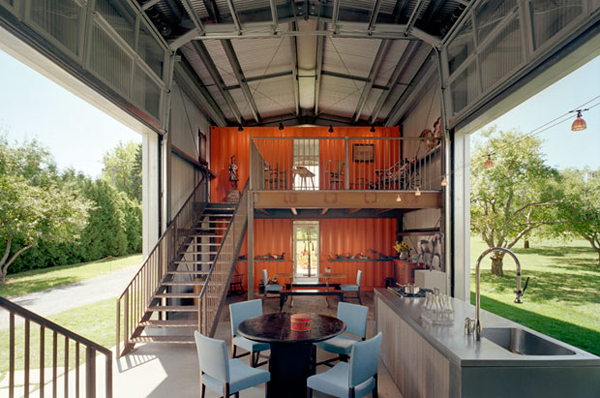There’s more to these steel boxes that we sell than four walls and the space they offer for storage. We looked around our warehouse and our archives to find some surprising stats about our containers. Here are some things you didn’t know about shipping containers:
- Malcolm McLean design the first shipping container in 1956.
- There are more than 17 million shipping containers in the world, stacked on ships, docks, and yards.
- A 40-foot shipping container can hold about 8,000 shoe boxes.
- With proper care and maintenance, a shipping container lasts about 20 years.
- All commercial shipping containers have a special tracking code, like license plates or VIN numbers on our cars.
- Shipping containers make about 200 million trips around the world a year.
- If the seas get rough and stacked containers go overboard, a 20-foot cargo container can float for about 50 days, but a 40-foot shipping container can float three times that.
- At this moment, there are about 5-6 million shipping containers traveling around the world.
- A 20-foot shipping container weighs 4,850 pounds when empty.
Do you know any interesting container facts? Share your stats with us in the comments and we’ll add them to our list!
Quality Containers, Inc. specializes in building containers for purchase, lease, or rent. Looking to buy a shipping container? Call us today to talk with a container expert and we’ll find you what you need.
